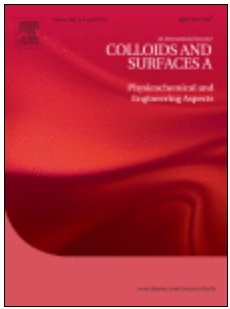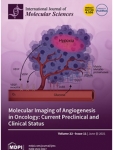In recent decades solid lipid nanoparticles (SLN) have become a well-performing tool for the site-targeted delivery of water-insoluble drugs. In this study, Compritol® 888 ATO-based SLN, coated with polysorbate 80, were loaded with rapamycin (Rap), a lipophilic immunomodulator, broadly-used in therapies of cancer and neurodegenerative diseases. Rap-SLN were formulated using cold high-pressure homogenization and ultrasound-assisted emulsion. The exploitation of these methods yielded the nanoparticles of various values of zeta-potential (from −1 mV to −20 mV) and efficacies of the Rap entrapment (from 37.5 ± 2.3% to 77.0 ± 5.4%). The SEM and AFM imaging and shape-modeling by the combined DLS-SANS analysis revealed that the Rap-SLN of the hydrodynamic radius of ∼46 nm preserve the platelet-like or flat ellipsoidal structure with a thickness as large as 8–9 nm. These dimensions correspond to a single lipid bilayer, organized in a triclinic Lβ polymorph, and covered with a 1–2-nm shell of the surfactant. Consistently, FT-IR spectra acquired in the range 52–75 °C, showed that the Rap incorporation within the lipid matrix decreases the point of the gel-liquid crystalline (Lβ-Lα) phase transition. These outcomes imply a thermodynamically-driven mechanism of the Rap release from SLN



